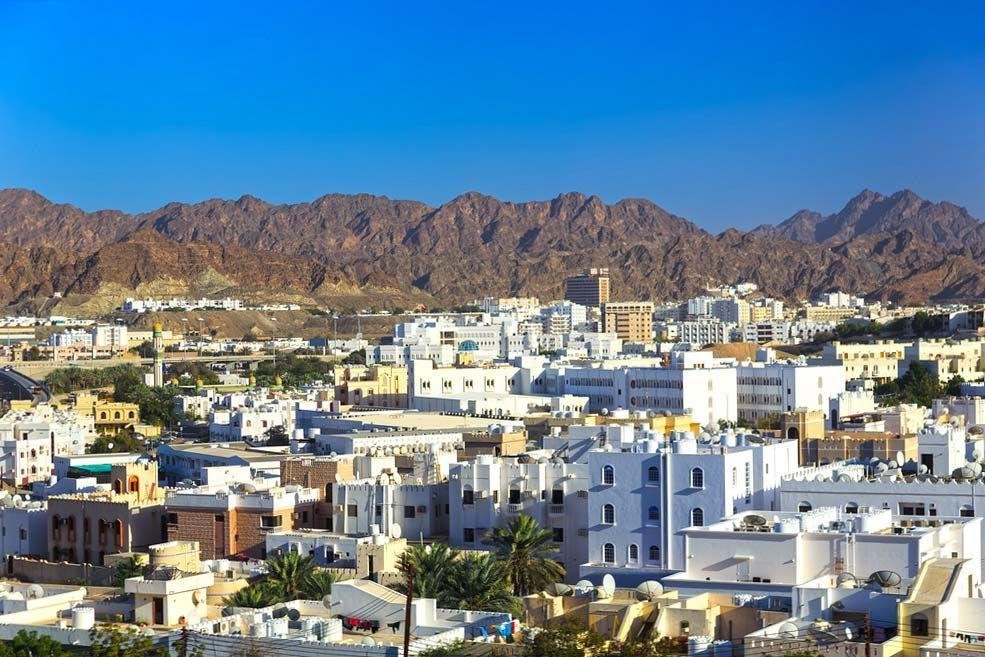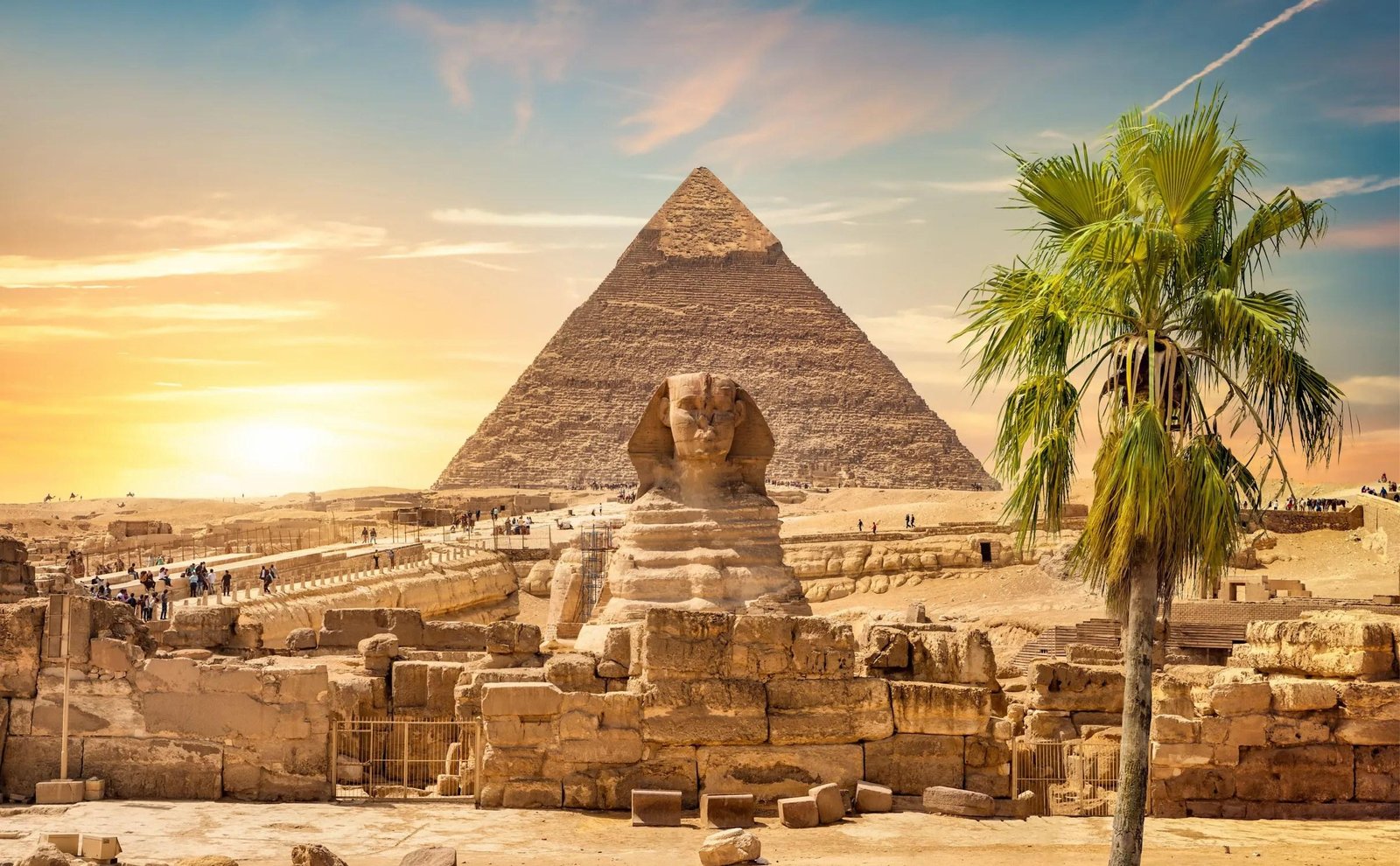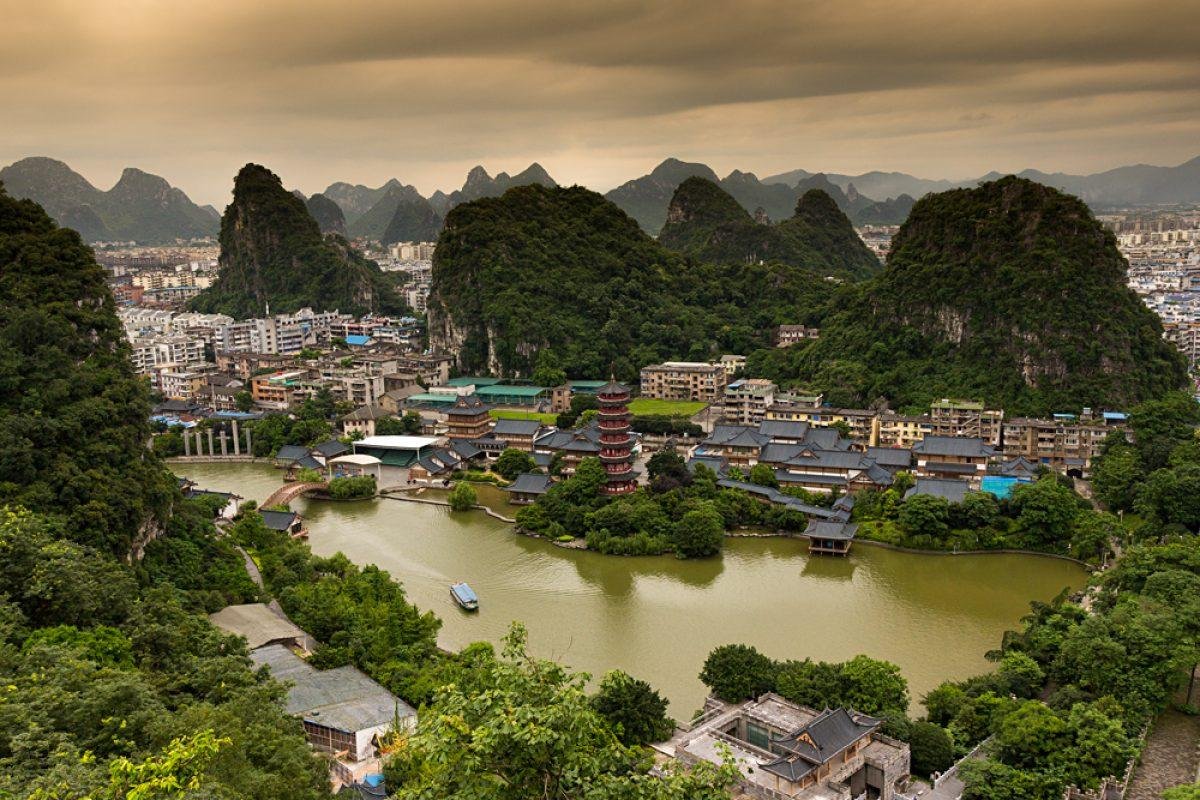Muscat, the capital city of Oman, is a captivating blend of traditional Arabian architecture and modern design, reflecti...
The Architectural Mosaic of Hanoi, Vietnam
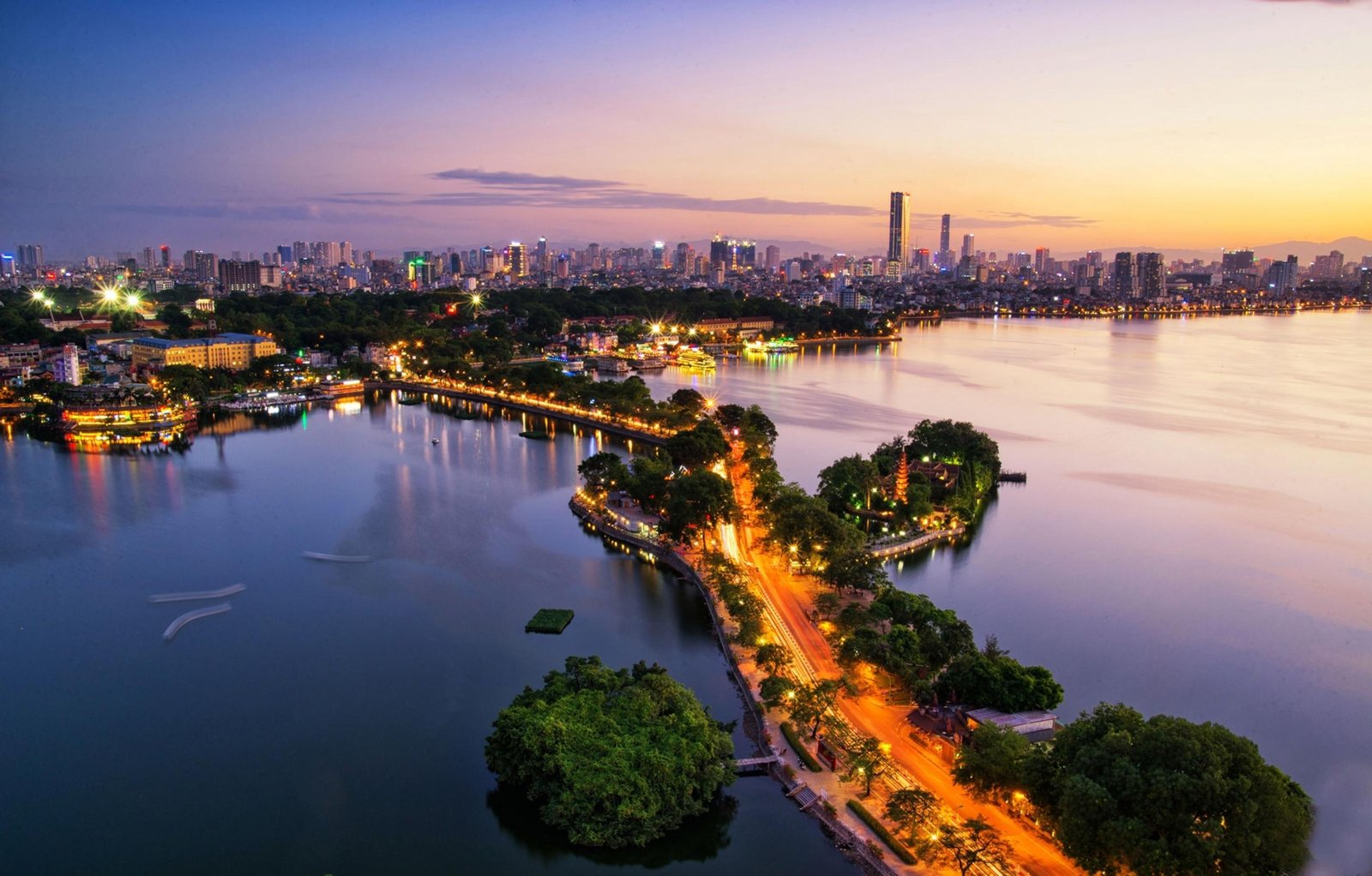
Hanoi, the capital city of Vietnam, is renowned for its rich history and vibrant culture, reflected in its eclectic architectural landscape. Characterized by a harmonious blend of ancient temples, colonial buildings, and modern structures, Hanoi's architecture tells the story of its past and its aspirations for the future. The city is a living museum that showcases various architectural styles, from traditional Vietnamese to French colonial and contemporary designs.
At the heart of Hanoi lies the Old Quarter, a labyrinth of narrow streets and bustling markets that date back over a thousand years. The architecture here is predominantly traditional Vietnamese, featuring narrow, elongated houses known as "tube houses." These structures are designed to maximize space and often have ornate wooden facades adorned with intricate carvings. The Old Quarter is also home to numerous temples and pagodas, such as the iconic Ngọc Sơn Temple, which sits on a small island in Hoàn Kiếm Lake. These sacred sites are distinguished by their tiered roofs, colorful decorations, and serene courtyards, providing a glimpse into the spiritual heritage of the city.
The French colonial influence is evident in many of Hanoi's architectural landmarks, a legacy from the late 19th and early 20th centuries. The grand Hanoi Opera House, inspired by the Palais Garnier in Paris, is a prime example of this style. Completed in 1911, the opera house features neoclassical design elements, including arched windows, decorative columns, and an imposing facade. This building not only serves as a cultural venue but also stands as a testament to the city’s historical ties with France.
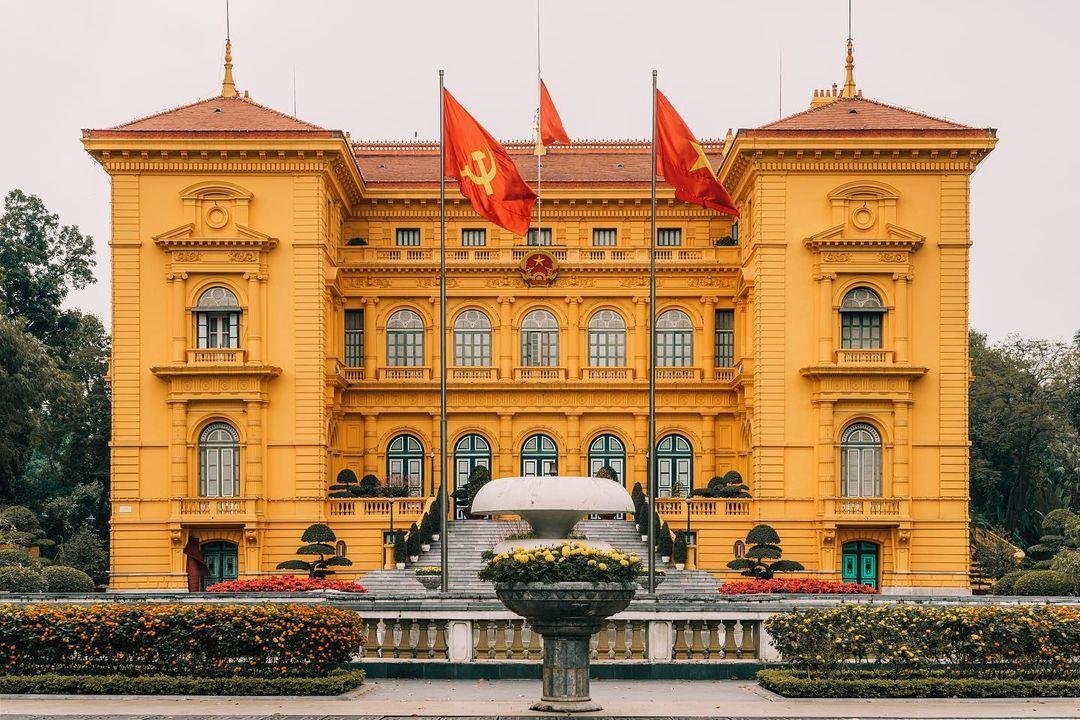
Another notable French colonial structure is the Presidential Palace, a stunning yellow building surrounded by lush gardens. Constructed in the early 20th century, the palace showcases a blend of French architectural styles and traditional Vietnamese elements. The building's elegant design is complemented by its spacious grounds, which are open to the public, allowing visitors to appreciate the harmonious relationship between nature and architecture.
Hanoi is also home to the Ho Chi Minh Mausoleum, a monumental structure dedicated to the founding father of modern Vietnam. The mausoleum, designed in the style of Lenin's tomb in Moscow, features a granite exterior and a simple, imposing design. Surrounding the mausoleum are beautifully landscaped gardens that enhance the solemn atmosphere of this significant site. The architecture of the mausoleum reflects the reverence of the Vietnamese people for Ho Chi Minh and serves as a symbol of national unity.
The architecture of Hanoi is further enriched by its numerous universities and cultural institutions. The Vietnam National University, for example, boasts a mix of traditional and modern buildings, reflecting the evolution of educational architecture in the country. The university's campus features serene gardens and green spaces, providing a conducive environment for learning and exploration.
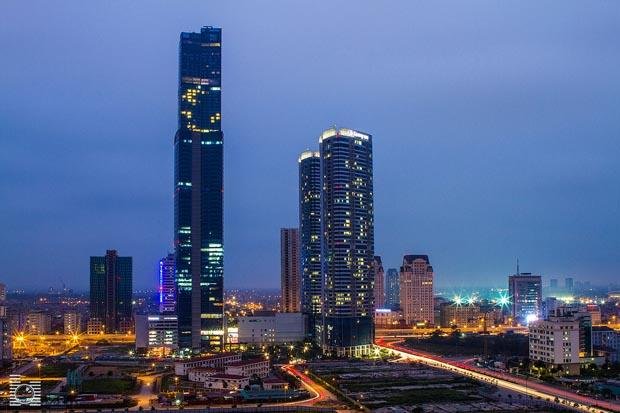
The modern skyline of Hanoi is marked by contemporary high-rise buildings that symbolize the city’s rapid development. The Landmark 72, Vietnam’s tallest building, stands at 350 meters and houses luxury apartments, offices, and a hotel. Its sleek design and reflective glass facade represent the aspirations of a modern, dynamic city. Other notable modern structures include the Lotte Center Hanoi and the Keangnam Hanoi Landmark Tower, both of which contribute to the city’s evolving architectural identity.
Despite the growth of modern architecture, Hanoi has maintained its commitment to preserving its historical sites. The city has undertaken various restoration projects to protect its architectural heritage, ensuring that future generations can appreciate the beauty and significance of its historic buildings. The restoration of the Thang Long Imperial Citadel, a UNESCO World Heritage Site, exemplifies this dedication. The citadel’s ancient walls and ceremonial gates showcase the architectural grandeur of Vietnam’s past and serve as a testament to the city’s historical importance.
Hanoi’s architectural landscape is also characterized by its vibrant street life. The city is famous for its bustling markets, street food stalls, and cafes that spill onto the sidewalks. The architecture of these public spaces often reflects local culture, with colorful signage, outdoor seating, and traditional decorations. The lively atmosphere of Hanoi’s streets enhances the overall experience of exploring its architectural gems.
The city’s commitment to sustainability is evident in its urban planning initiatives, which aim to create a balance between development and environmental preservation. Green spaces, parks, and recreational areas are integrated into the urban landscape, providing residents and visitors with areas to relax and enjoy nature. The architecture of these spaces emphasizes accessibility and inclusivity, fostering a sense of community within the bustling city.
Hanoi is also a center for artistic expression, with numerous galleries and cultural institutions showcasing the work of local and international artists. The Hanoi Contemporary Arts Centre, for instance, features modern design elements that create an inviting atmosphere for art enthusiasts. The architecture of these spaces promotes creativity and cultural exchange, contributing to the city’s vibrant artistic scene.
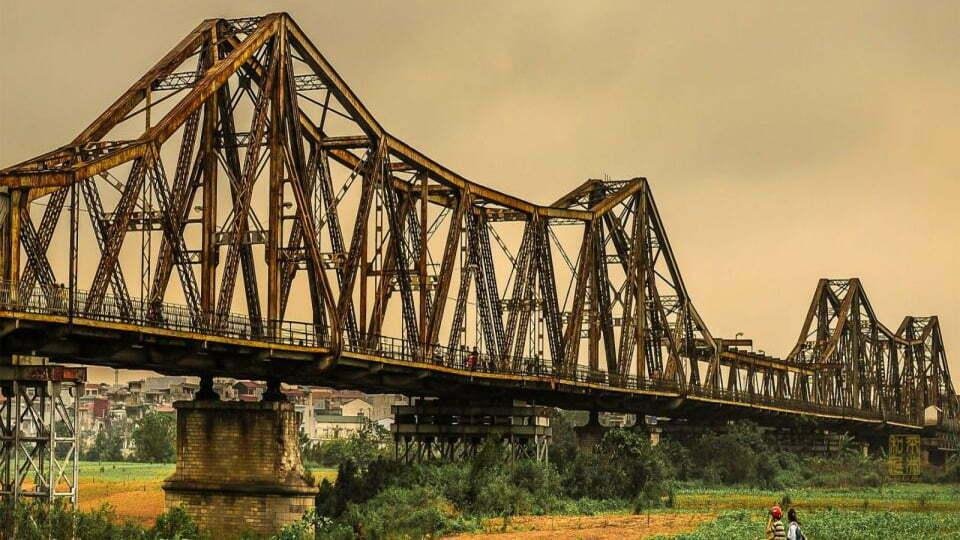
The architecture of Hanoi is not limited to its buildings; it extends to its bridges and infrastructure as well. The Long Bien Bridge, designed by French engineer Gustave Eiffel, is an iconic symbol of Hanoi. Completed in 1902, the bridge features a unique combination of iron and wood, serving as a vital transportation link across the Red River. Its historical significance and striking design make it a popular spot for photography and sightseeing.
The city’s rich culinary scene is also reflected in its architecture. Many restaurants and cafes are housed in beautifully restored colonial buildings, offering a unique dining experience that combines history and culture. The architecture of these establishments often features traditional Vietnamese design elements, providing a warm and inviting atmosphere for guests.
As Hanoi continues to grow and evolve, the architectural landscape will inevitably change. However, the city remains committed to preserving its rich history while embracing modernity. The integration of traditional and contemporary architectural styles creates a unique identity that captures the spirit of Hanoi.
In conclusion, the architecture of Hanoi, Vietnam, is a captivating fusion of history, culture, and modernity. From the ancient temples and colonial buildings to contemporary skyscrapers and vibrant public spaces, the city showcases a diverse array of architectural styles that reflect its rich heritage and dynamic evolution. The intricate details of historical structures, the commitment to sustainability in modern developments, and the integration of nature all contribute to the unique character of this enchanting city.
As visitors explore the architectural wonders of Hanoi, they are transported through centuries of history, experiencing the layers of culture that have shaped this remarkable place. Each building tells a story, revealing the aspirations and achievements of the people who have called Hanoi home throughout the ages. With its stunning architecture and vibrant atmosphere, Hanoi continues to captivate the hearts of all who visit, inviting them to discover the rich narratives woven into its urban landscape. The seamless integration of tradition and modernity ensures that Hanoi remains a fascinating destination for those seeking to experience the beauty and complexity of its architectural heritage.
Share:

